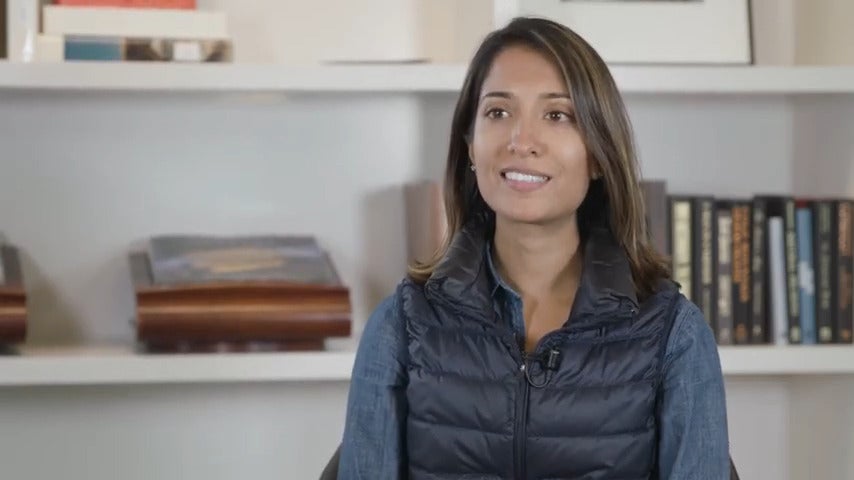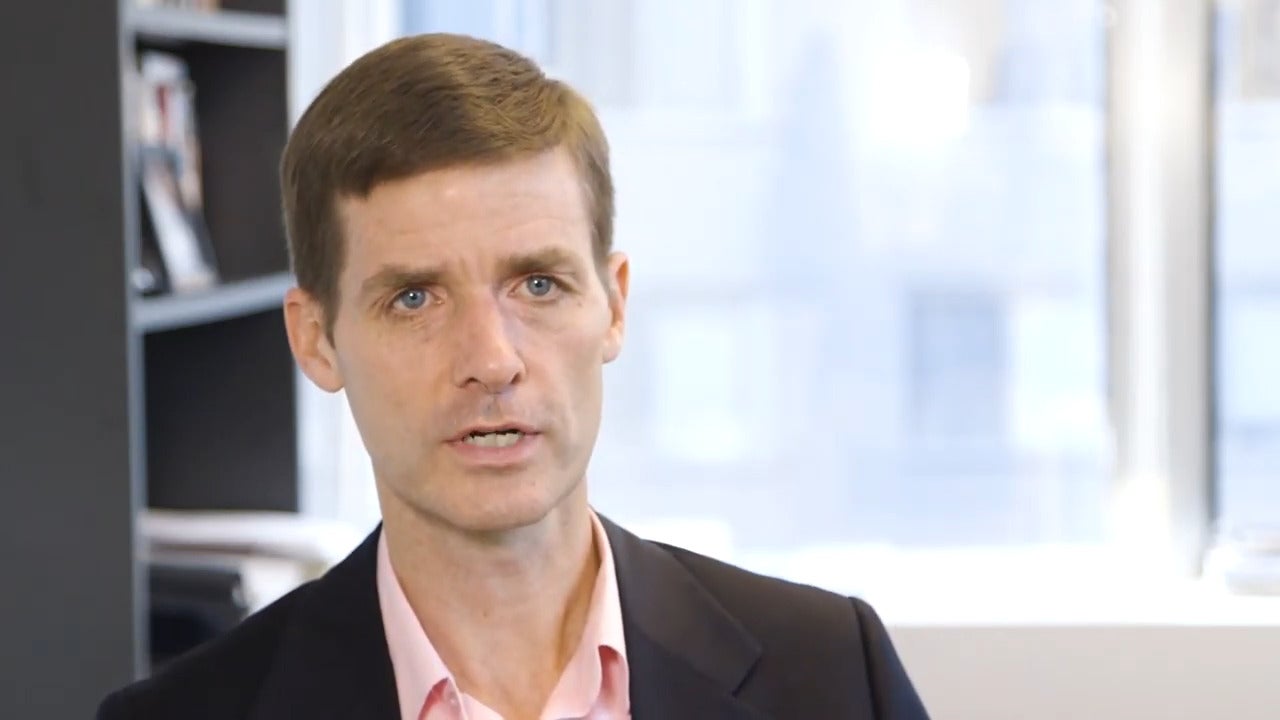The Aspen Challenge — launched by the Aspen Institute and the Bezos Family Foundation — provides a platform, inspiration, and tools for young people to design solutions to some of the most critical issues humanity faces. The program engages leading global visionaries, artists, and entrepreneurs to issue real world challenge to teams of students.
Twenty teams from Chicago Public Schools will compete with each other and present their solutions for a chance to attend the Aspen Ideas Festival. Here, Moneythink Chief Operating Officer Daniel Rogers explains why its important to teach children about personal finance and how the Challenge prepares students to be leaders and problem-solvers.
I’ve been hearing the phrase, “It’s expensive to be poor” a lot lately. Elite policy circles, academia, and the mainstream press have spilled a lot of ink on it. I even got into the fun a couple of weeks ago, when I had the privilege to speak to 200 high school students from my hometown, Chicago, about this very subject.
Using the check-cashing industry as an example, I waxed poetic about how these types of entities exist mainly to extract value from the communities in which they are most prevalent. I talked about how crazy it is that in 2016, people are still walking into a physical store, and spending an extra 10 to 20 percent to cash their checks, when I’ve been using a smart phone to cash mine since 2002 (for free!).
I asked the students to think about how much they would spend just cashing their checks on a yearly basis. I walked them through the math to show how much that meant for all of them. I then asked them to guess how much per year this cost communities like theirs across the country.
“$100 million?”
“No,” I replied, as I tried to suppress a slight grin thinking about how epic this reveal was about to be.
“$500 million?”
“No,” I replied again, as my grin widened like I was overlooking Whoville on Christmas Eve from the podium.
“$2 billion,” someone called out, as I loosened my mic in preparation for the mic-drop to end all mic-drops.
“$51 billion, actually. That’s a huge chunk of change that could instead be infused back into these neighborhoods,” I said, while inwardly flinching in expectation of all the flying brain matter as their heads exploded with the shock.
Except. It didn’t exactly work the way I planned it would. Certainly, the kids were shocked at the price, and more than a few glanced around with incredulous looks at their friends. But then the questions started to roll in.
”So,” one girl began, “What if I can’t get a checking account because my credit is bad?”
“Okay,” another started, “but what if I can’t get a card because I don’t have the appropriate documents?”
Then, another fellow chimed in. “But what if I gotta pay my rent, or buy food, and I’m waiting for the check to clear?”
It was like the Whos had just broken out into song. My grin quickly diminished as I attempted to respond to these super-smart questions, which are not that easy to answer.
I am fond of a saying, “If it appears to you that rational people are acting irrationally, then it’s likely that you yourself are missing something.”
These young people, with their pointed, specific questions, were demonstrating this in real time. This isn’t just a policy question. This is a real-life question. These kids live in the real world, and have to make real decisions every day, often with incomplete information.
We can talk all day about how an industry is taking advantage of the most vulnerable populations, but what are we going to do about it?
We can’t expect the banks, or the currency exchange to change for themselves. Why would they? After all, $51 billion is a lot of money.
Certainly, we can push for and hope for more and better regulation for industries that take advantage of vulnerable communities. However, as those kids will tell you, they can’t wait for that. They have to deal with today.
That’s where the Aspen Challenge comes in…describe it and/or your involvement in it and how it will help these kids come up with solutions to these kinds of issues.
At Moneythink, we try to bridge this gap by helping young people understand the little things, which add up over time.
We help them think about the financial decisions right in front of them, like going to college or starting that first job, and give them the tools and knowledge they need to make informed choices. We help them establish that first account, or make the plan to pay for college, or make that commitment to save, and instill the discipline to keep doing it.
As I told these kids, I had many of these same problems growing up and with a lot of work, a lot of help, and a little bit of luck, I gained the tools I needed to become financially capable. I hustled my way through college, and I was fortunate enough to work for some amazing companies and get to do some amazing things.
I came to Moneythink because I wanted to make sure other kids like me didn’t have to walk the same circuitous route that I did. These kids shouldn’t have to go it alone, or figure it out for themselves. As a person who has walked in their shoes, that’s important to me.
As an organization, we understand the same thing. We at Moneythink have spent last six years learning how to best teach finance, and incorporate it into a child’s life in a way that will stick. So, we’ve started to help other organizations incorporate financial education and capability into their programs because they’re better positioned, and have the attention of far more kids than we do.
We’re excited about this, and I can’t wait to see where it goes.

